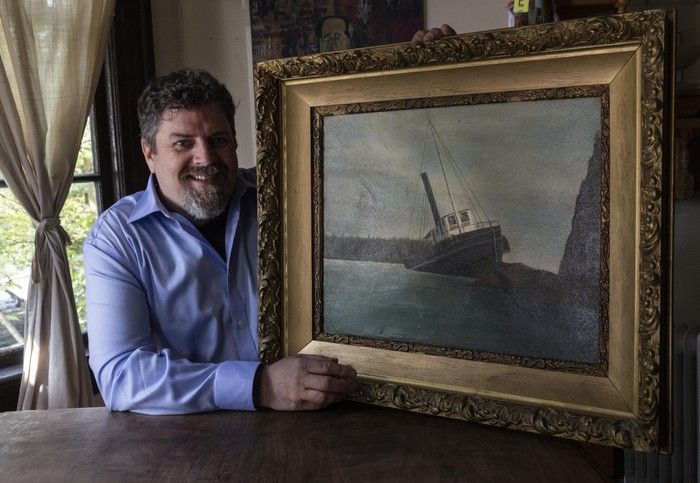Article content The S.S. Beaver ran aground on the rocks off Prospect Point in Stanley Park on July 26, 1888, becoming Vancouver’s most famous shipwreck.
It lay on the rocks for four years before sinking in June, 1892. Numerous Vancouverites visited the , taking photographs and stripping it of wood, metal and artifacts that they fashioned into a variety of souvenirs. Mark Garner has the world’s biggest collection of them.

He wants to share them with the world, so six months ago he opened an S.S. Beaver museum in Hamilton, Ont.
, where he lives. Unfortunately, the museum is located about 3,400 km from the Beaver’s final resting place in the First Narrows. “It’s not ideal but that’s where it is,” said Garner, 51, an automotive mechanic.
“It’s actually a garage that I converted. I insulated it, drywalled it and carpeted it. Put LED lights up.
” Garner said the space is about five by six metres with three-metre ceilings. Inside is a treasure trove of what he calls Beaverabilia. “I have dozens of original photos,” he said.
“I’ve got a whole wall of S.S. Beaver paintings.
I’ve got wooden artifacts made out of the wreck. I’ve got a chair, four walking sticks, things like that, made out of the teak and African oak and greenheart (on the ship) — all the good hardwoods. “I’ve got the starboard side paddle shaft out of the Beaver,” which is an almost six-metre piece of cast iron that weighs more than 1,000 kg.
His biggest collection is of the commem.
















